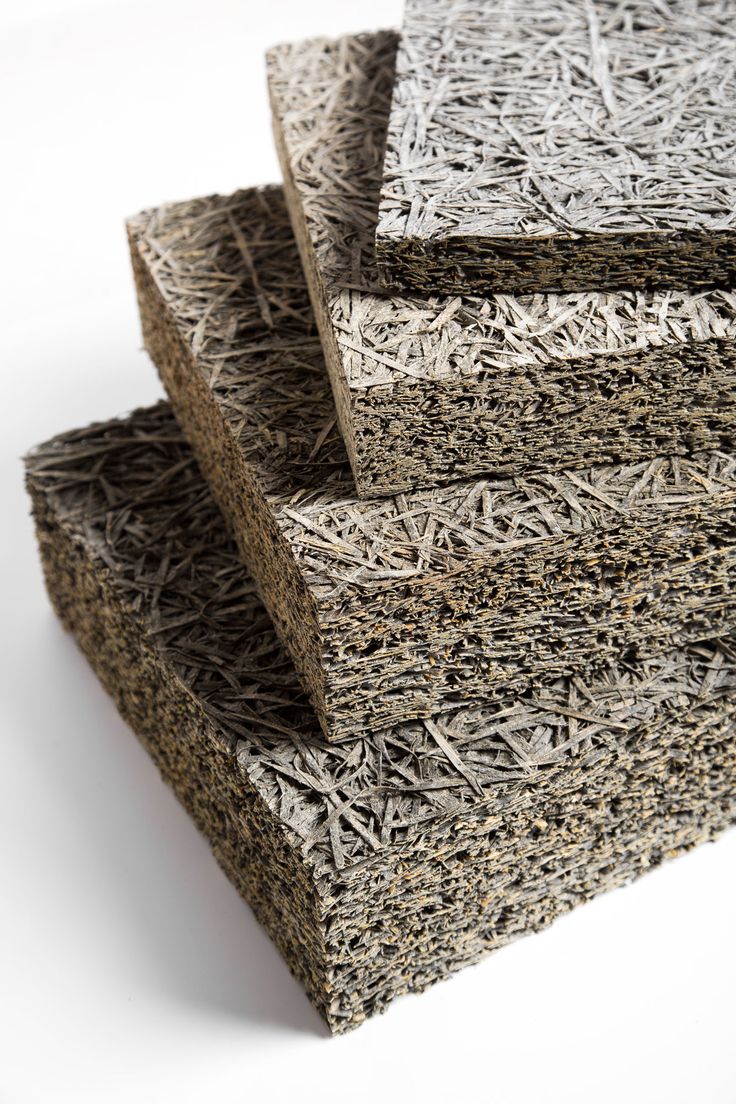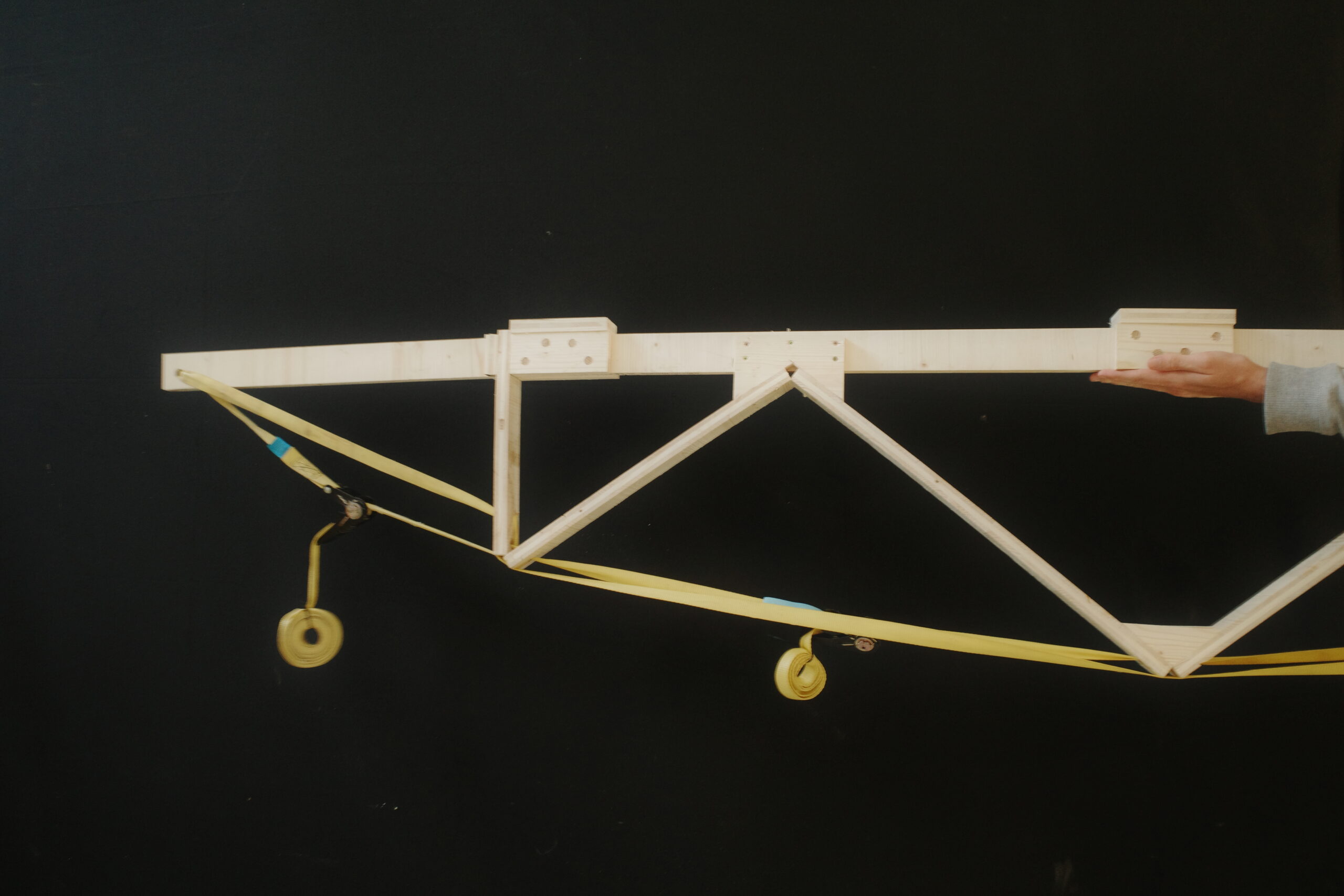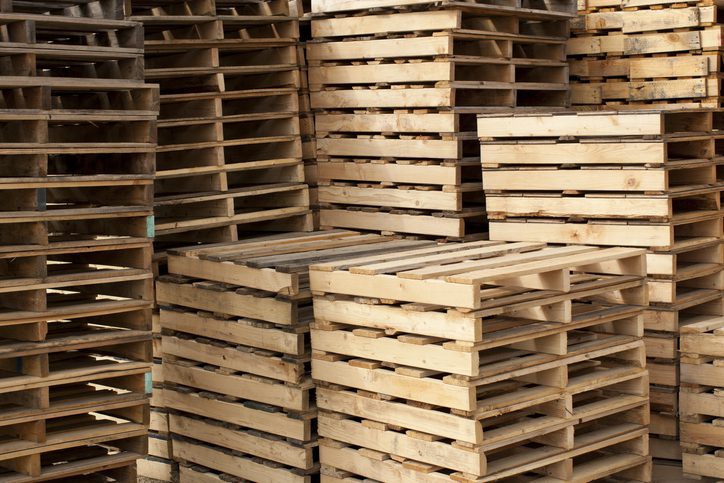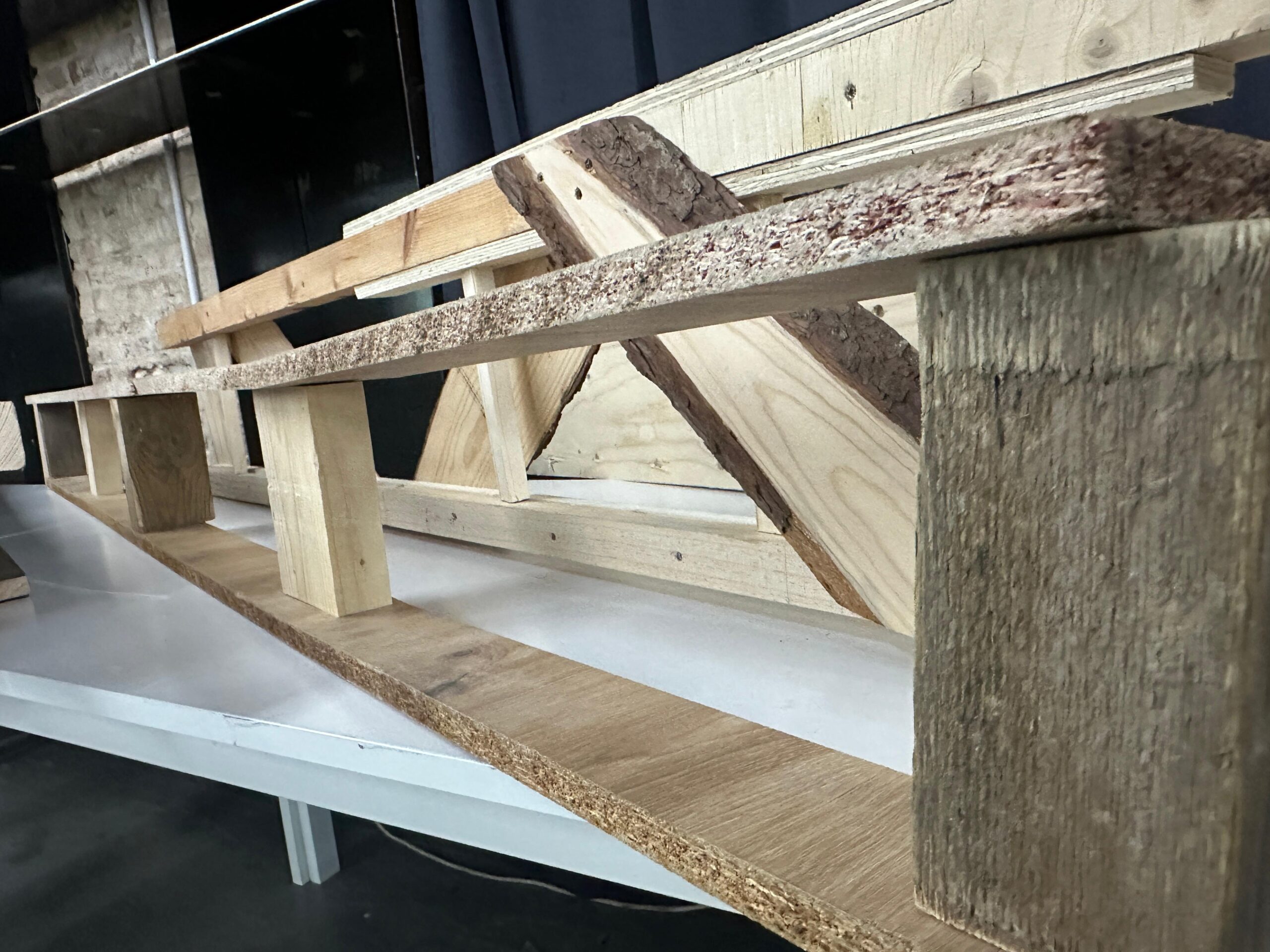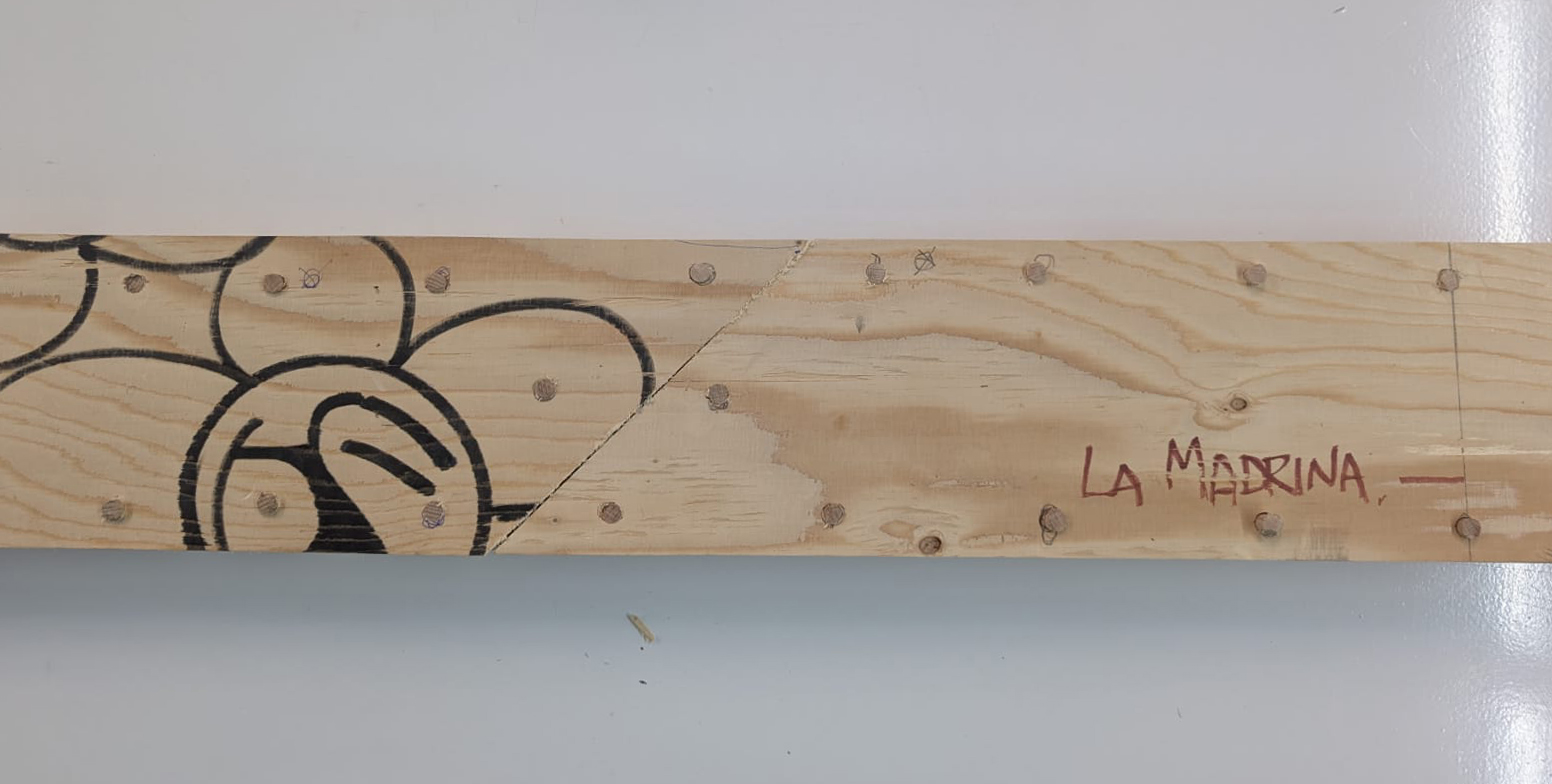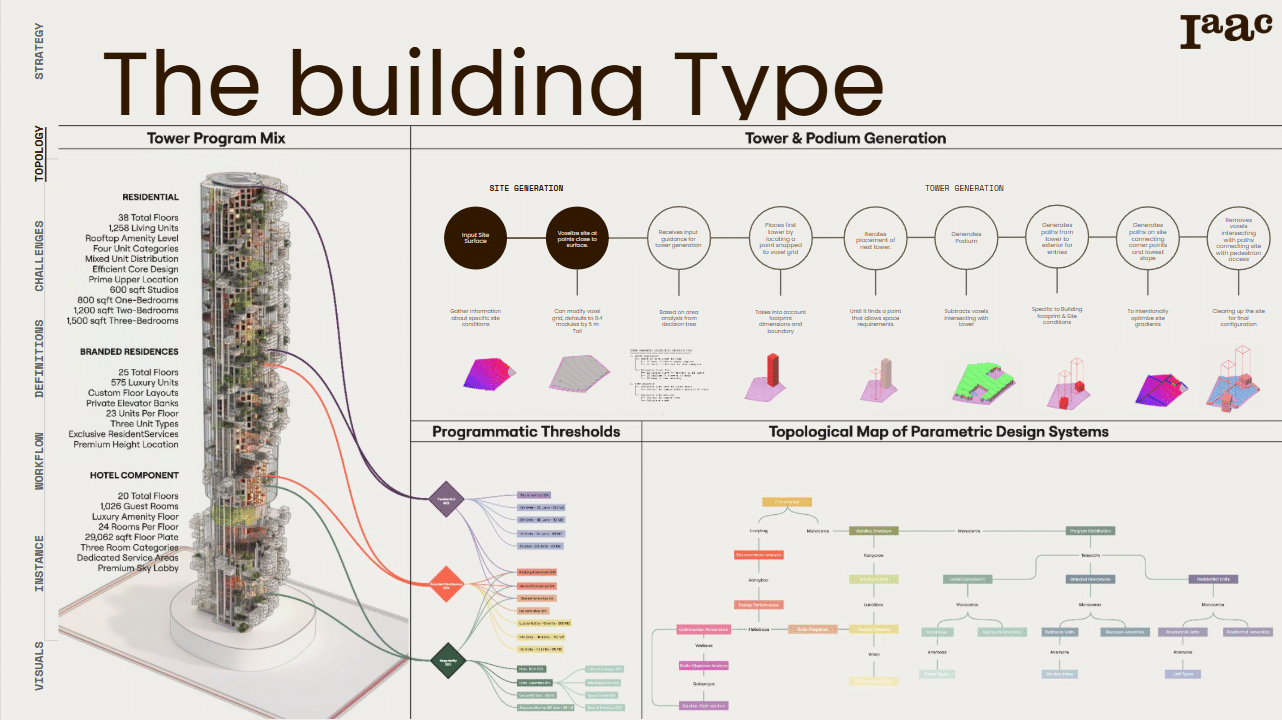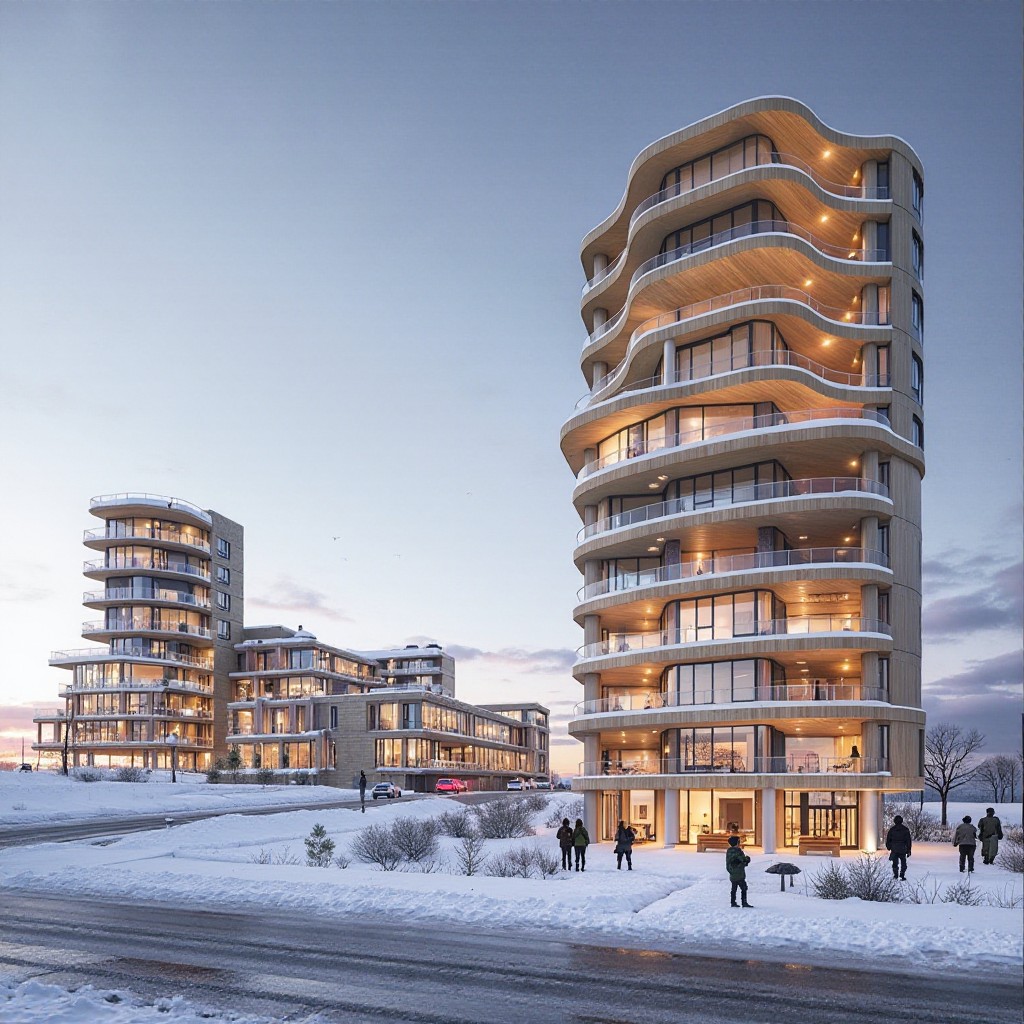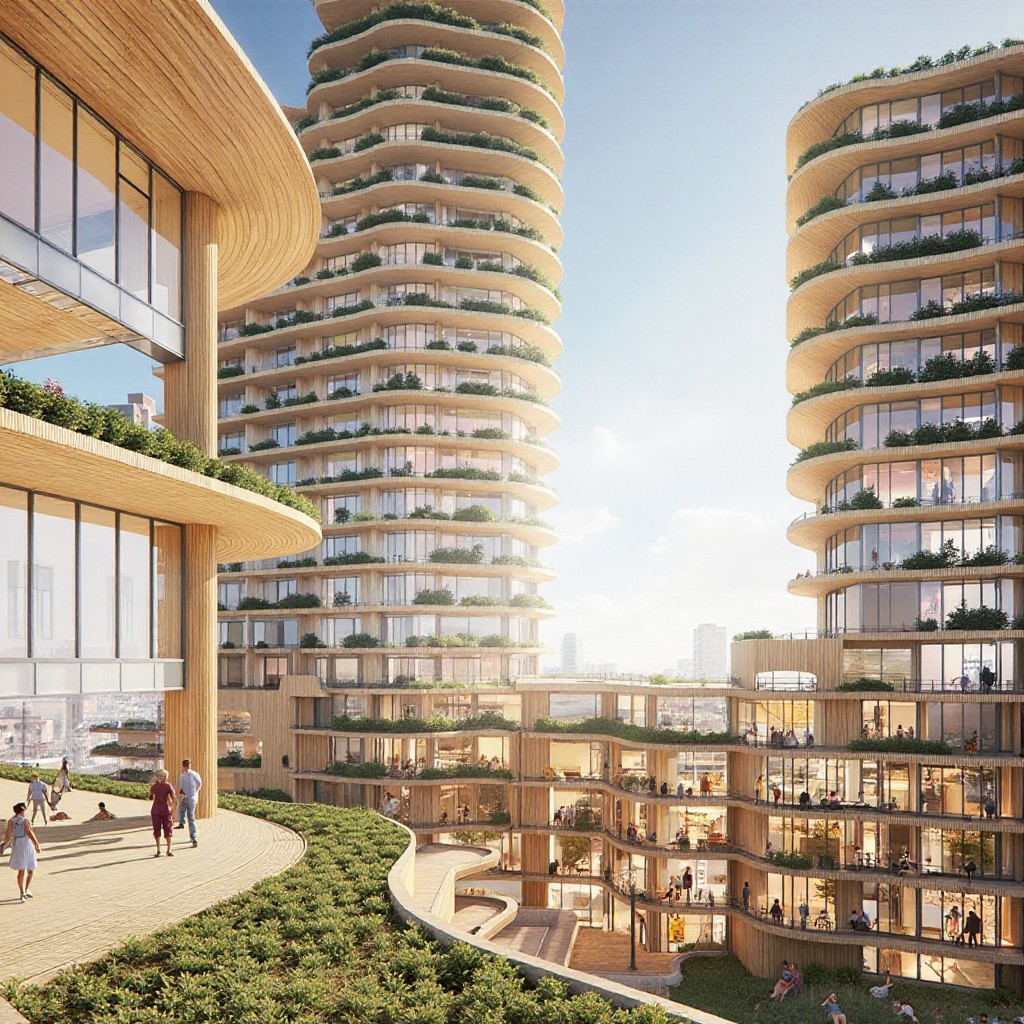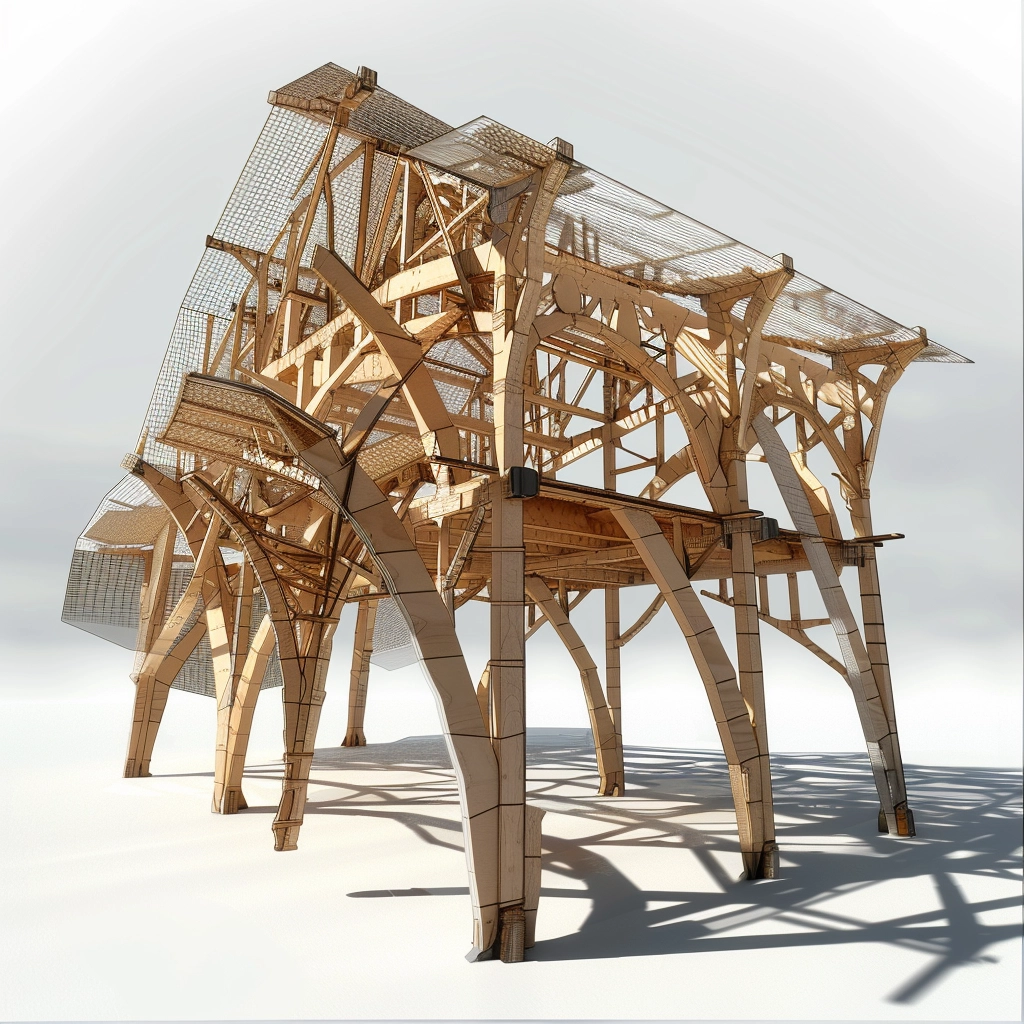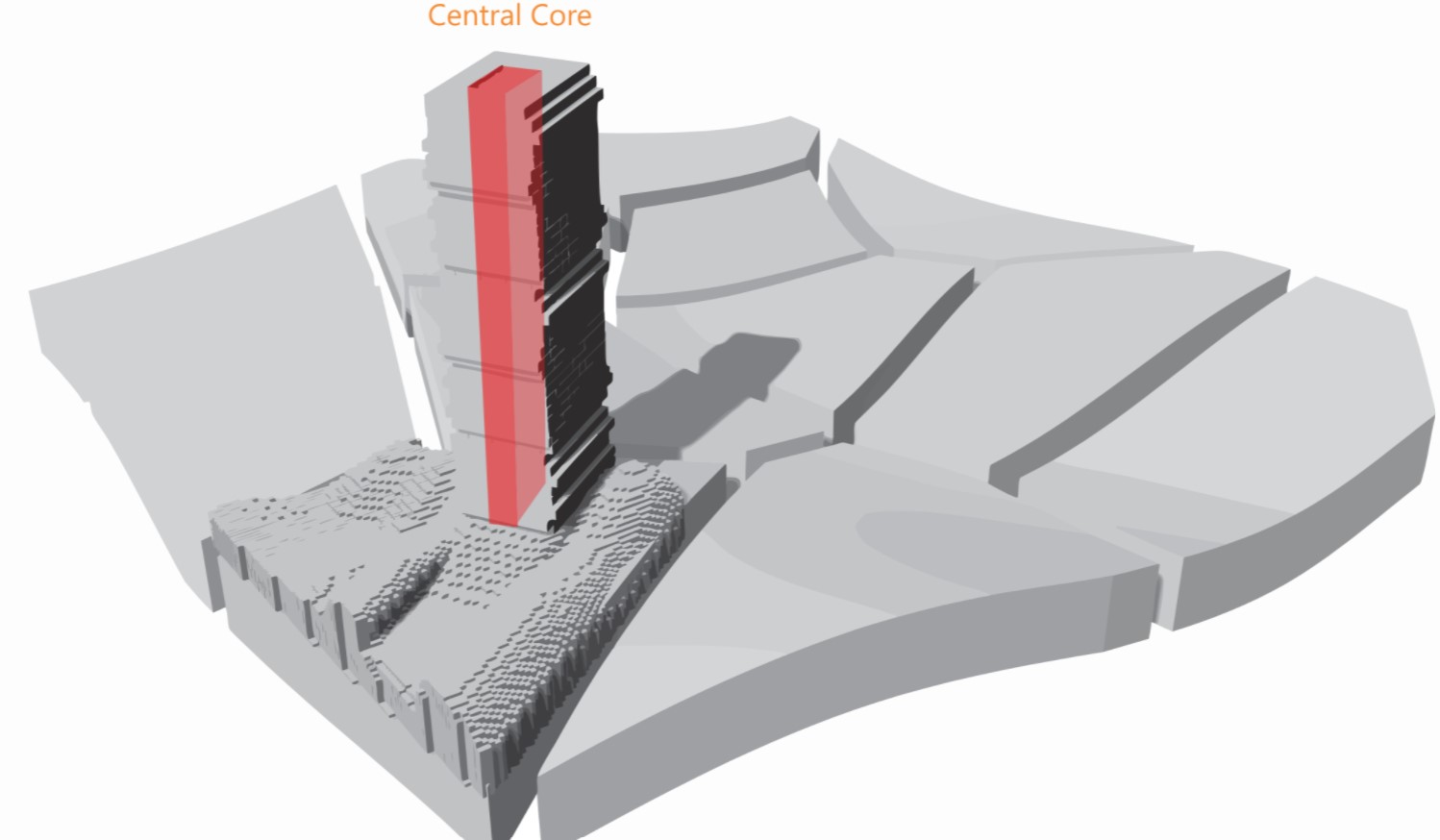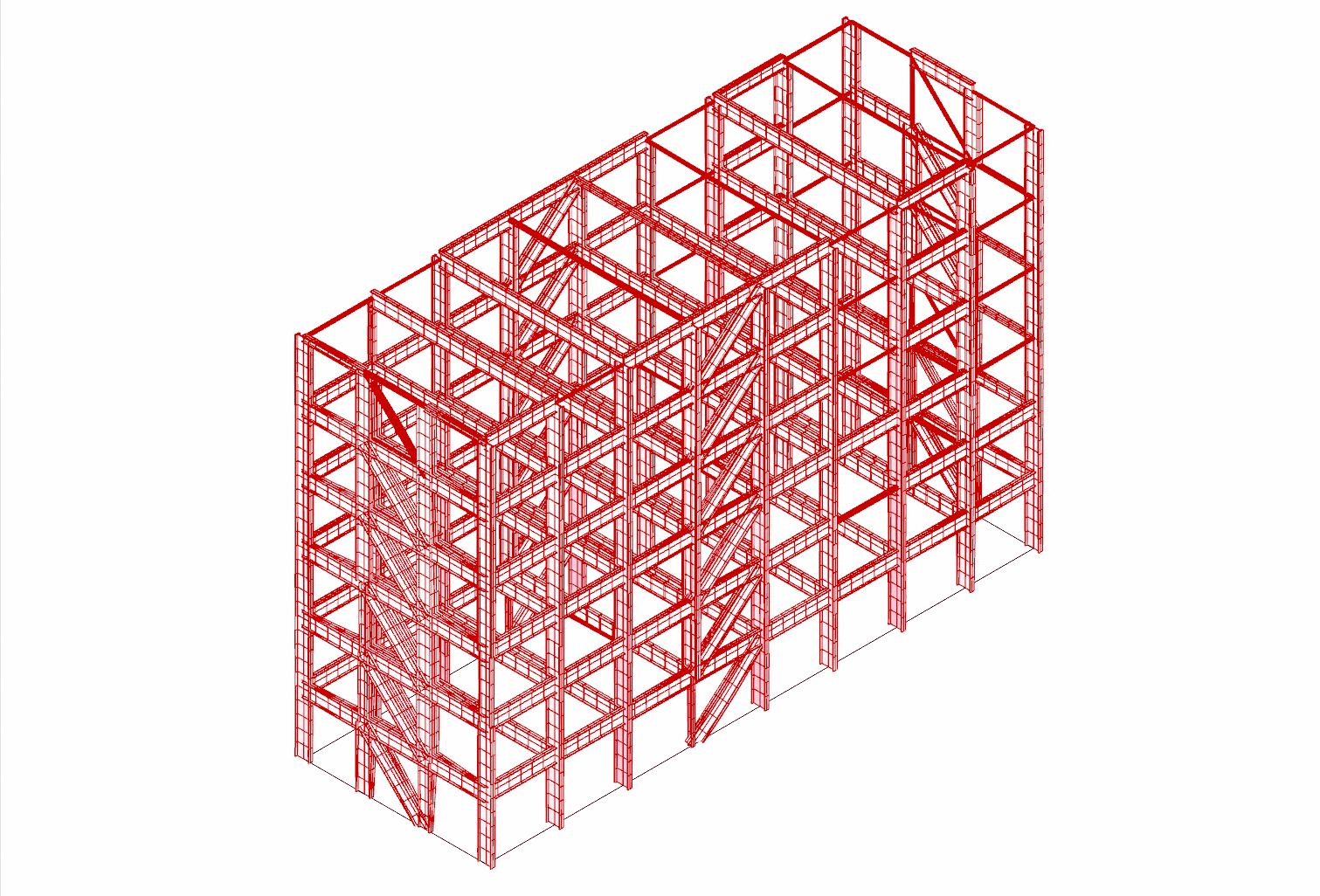Hempcrete – Potential Material for Structure
Bringing together structural design and thermal performance! Section 1 : Introduction to Hempcrete Hempcrete has excellent insulating properties, providing thermal regulation by allowing the building to breathe and reduce moisture build-up. The thermal conductivity of hempcrete is typically in the range of 0.06 to 0.07 W/mK, which is about half the thermal conductivity of concrete. … Read more

